
Evidence-based therapies, monitoring, prevention and more
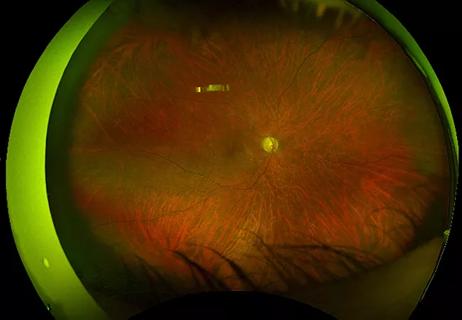
Holistic approach is necessary to ensure a correct diagnosis
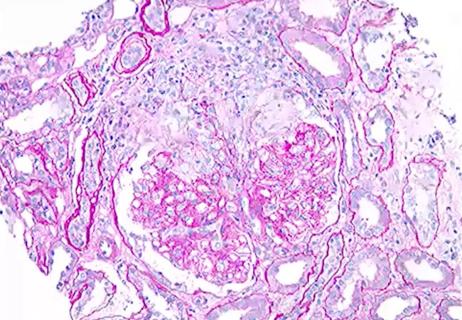
Knowing the affected organs and vessels can help in identifying cause
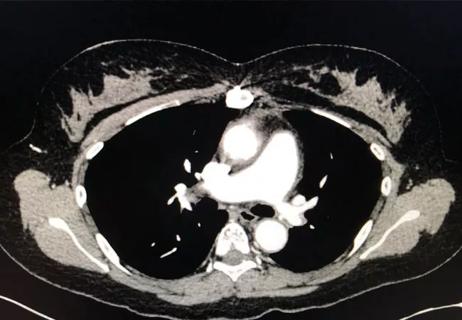
When to consider the possibility of pulmonary artery involvement
Advertisement
Cleveland Clinic is a non-profit academic medical center. Advertising on our site helps support our mission. We do not endorse non-Cleveland Clinic products or services. Policy
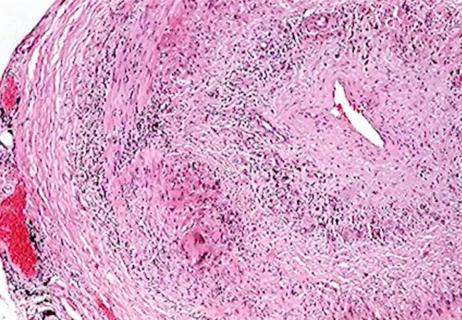
When GCA initially presents without cranial symptoms

Relapses are frequent even with long periods of remission
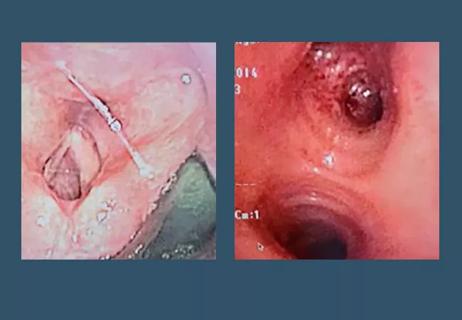
Multidisciplinary management resolves complex case
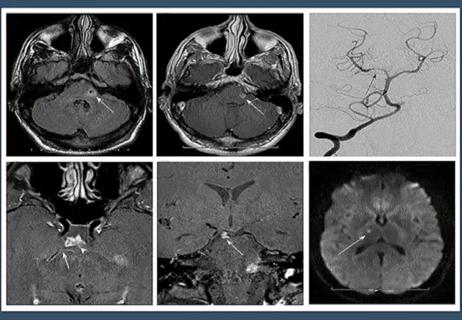
Raising awareness of a common manifestation
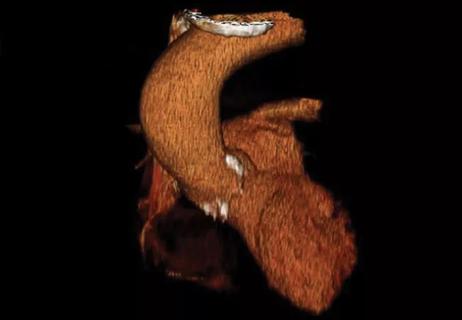
Prevention of progression and complications is the primary goal
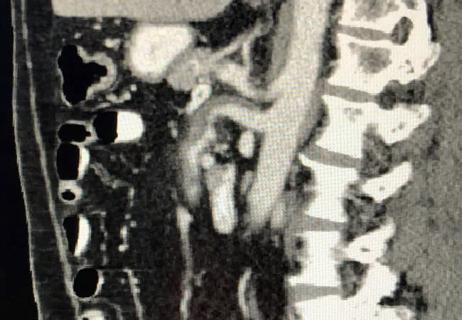
Clinical features that should make clinicians suspect vasculopathy
Advertisement
Advertisement